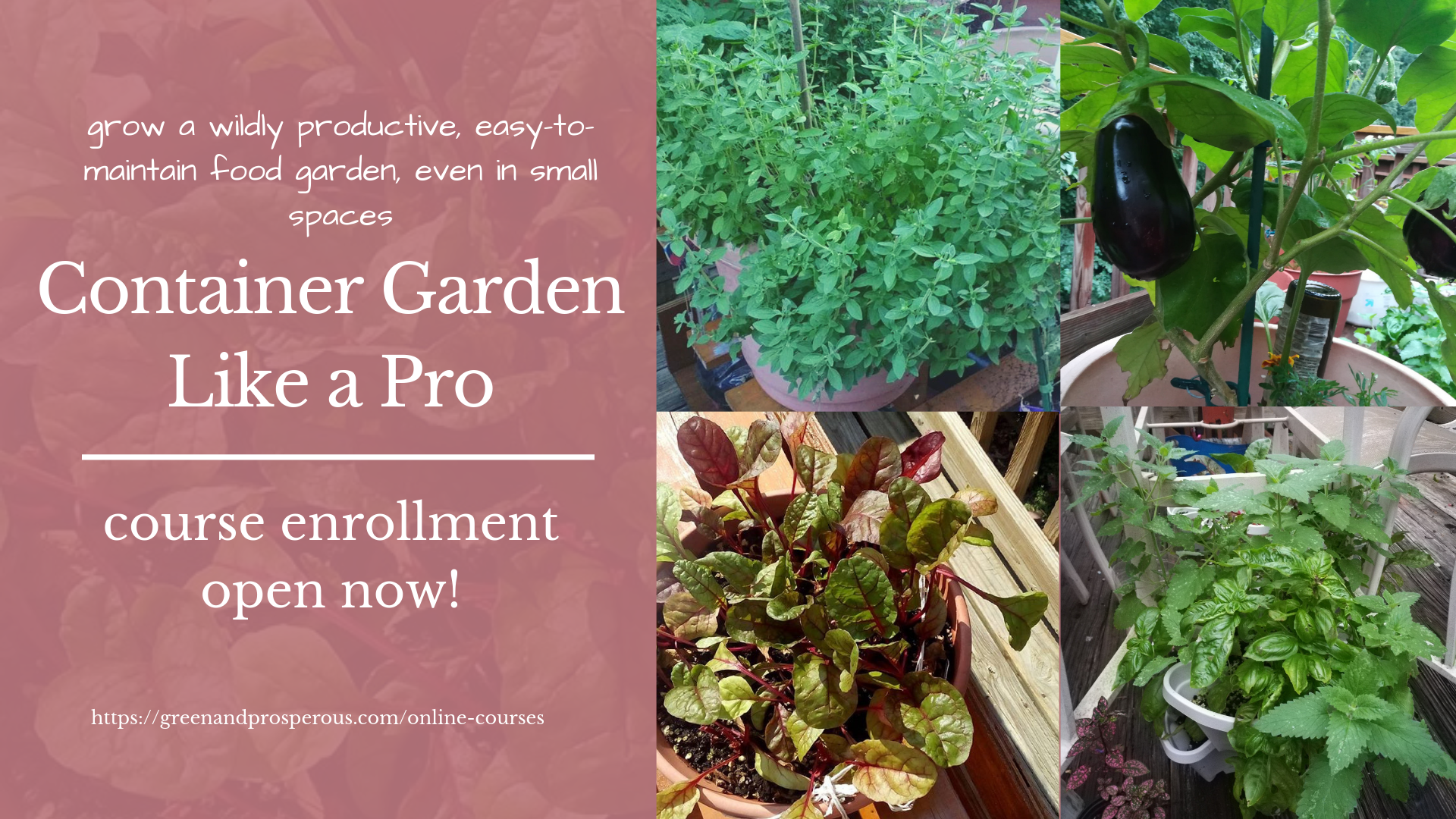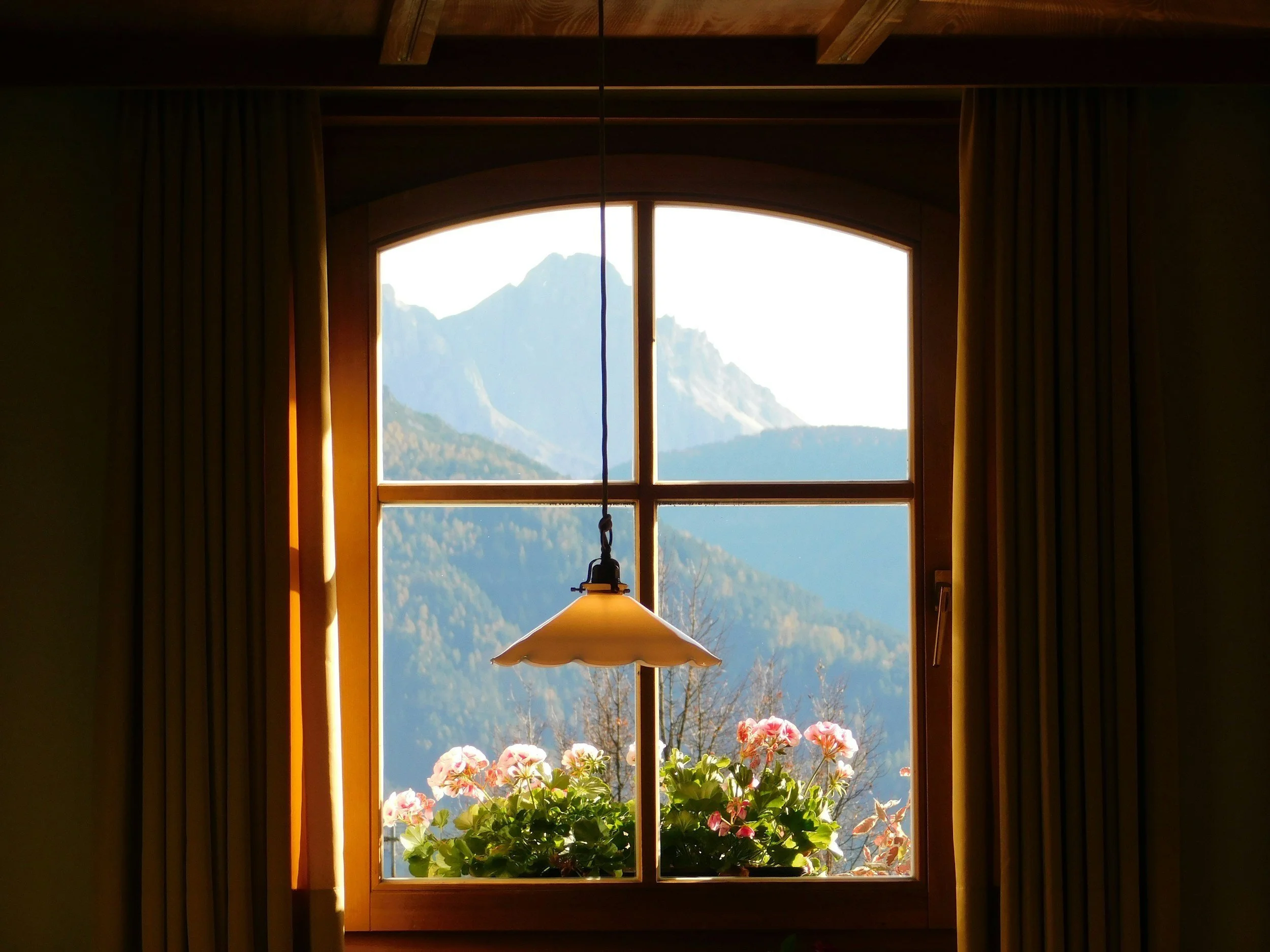The Perfect Rainwater Collection System for Homesteaders and Urban Gardeners
/Guest post by Jon Godfrey
Rainwater collecting is enormously helpful. However, if you understand the infrastructure that you put in place, it can be even better for your home and garden. Let's look at how you can set it up yourself.
1. Set Up Your Roofs and Gutters
Your house, garden gazebo, shed, garage, and every other building on your property should have excellent gutters all the way around the roofs. Run a garden hose in them and walk around, carefully checking for any leaks that would cut down on efficiency.
Make sure that your downspout is cut, primed and ready for a rain barrel connection. There are many ways to do this, but this video shows you what to expect and gets you in touch with the famous Rain Brothers, who specialize in providing rainwater collection equipment, systems, tools, and water tanks (both above ground and underground tanks). They make a great downspout diverter that is great if you only want to use one rain barrel and don't want to use a drip irrigation system and/or need an overflow valve. It's also great because you don't have to cut your downspout. You can simply cut a hole in it and use it that way. Easy peasy, and no permanent deforming of your downspout.
2. Determine What Your Water Needs Are
Are you an urban homesteader who just wants extra water in case they need it? Do you have a large family homestead and need multiple tanks for your enormous garden? Do you live in a dry, arid environment and need massive underground water tanks to hold any excess rain water?
One rain barrel on a drip irrigation system (set on slow) will water an urban garden for two weeks. Two rain barrels will do the same thing for a large plot garden. Four rain barrels will take care of your large homestead garden for a month on a slow drip irrigation system.
3. Get Your Rain Barrels Set Up
(Round, Connected Together, with Hose Spigots and Overflow Valves!)
Never use square or rectangular rain barrels. This is physics. A 100-gallon water volume will put a lot of pressure on your tank. Tanks with flat walls and corners start to crack and break under that pressure.
Always use round rain barrels that you fit with a spigot for a garden hose near the bottom, an overflow valve (if you don't use the one in the link above) and the type of rain barrel that can be fitted near the top with a special pipe to connect rain barrels together.
Make sure your rain barrels are on flat, super reliable land and that they are protected from things or people that will smash into them. The more heavy-duty you buy, the more reliable they will be.
4. Set Up Your Drip Irrigation System
You can have two types of drip irrigation systems. You have one with an electric valve which specifically regulates how much water goes through and how high the pressure is and how slow the drip is.
You can also just use a gravity drip irrigation system. This type of system will have to be set up very carefully so that one side of your garden is not heavily watered and the other end is very dry. The gravity drip irrigation system is best used on a slight slope.
Connect your rain barrels together. Run water through them to make sure that there are no leaks. Then, connect your garden hose to the spigot near the bottom of the last rain barrel. From there, you can set up your drip irrigation system for your garden.
This is the efficient way to have an extremely large garden and yet not have to work in it every single day. You can have an extremely large greenhouse, too, and just set up your drip irrigation within it, as well. This can give you 2/3rds of your meals all year round and all you have to do is keep an eye on it.
5. Set Up Your Water Tanks
Now that your water and food supply is set up permanently, let's look at long-term water storage. This family in Arizona runs their entire house and grounds off of rainwater, all year round. They collect massive amounts of rain water and store it, using it when they need it for their home and family and for their plants and garden.
The point is: They have no water well and they have no access to city water. So, they are all alone out there, and they are making it work extremely well. That's what you can do with long-term water storage tanks. Note: If you need more water collecting ability, you can set up more rain roofs for yourself!
You can buy above ground tanks and below ground tanks. You can buy tanks in dark green, black, clear, and white colored tanks. DO NOT BUY WATER TANKS IN WHITE OR CLEAR COLORS! Only buy tanks which are dark green or black in color. If light gets in the tanks, then algae can grow in them. As it is, you only have to put a little bit of chlorine in your water once a month to make sure everything's safe in your water. That's a lot better than having a massive algae and water treatment problem in light-colored tanks. These tanks are some great options for above ground use and underground use.
Your rainwater harvesting system is perfect now. You have all the water you can ever need and you're fully self-sufficient and in control of your survival and destiny. Happy rain collecting!
Jon Godfrey is the creator of Water Filter Answers. In addition to running that website, he has a deep commitment to environmental issues. In his off time (it’s becoming very rare these days), he likes to relax and go fishing or hunting.
Like this? Please pin!







































